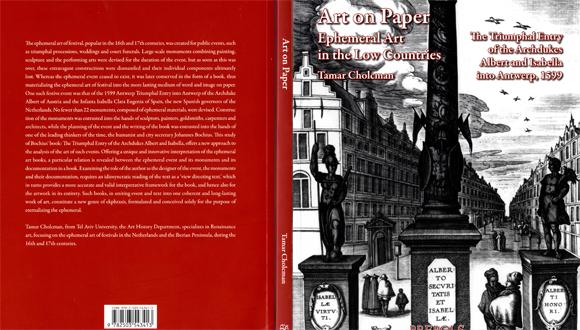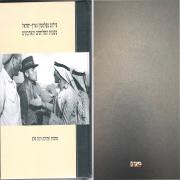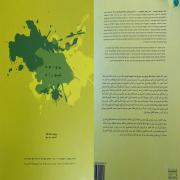Art on Paper Ephemeral Art in the Low countries
The ephemeral art of festival, popular in the 16th and 17th centuries, was created for public events, such as triumphal processions, weddings and court funerals. Large-scale monuments combining painting, sculpture and the performing arts were devised for the duration of the event, but as soon as this was over, these extravagant constructions were dismantled and their individual components ultimately lost. Whereas the ephemeral event ceased to exist, it was later conserved in the form of a book, thus materializing the ephemeral art of festival into the more lasting medium of word and image on paper. One such festive event was that of the 1599 Antwerp Triumphal Entry into Antwerp of the Archduke Albert of Austria and the Infanta Isabella Clara Eugenia of Spain, the new Spanish governors of the Netherlands. No fewer than 22 monuments, composed of ephemeral materials, were devised. Construe tion of the monuments was entrusted into the hands of sculptors, painters, goldsmiths, carpenters and architects, while the planning of the event and the writing of the book was entrusted into the hands of one of the leading thinkers of the time, the humanist and city secretary Johannes Bochius. This study of Bochius' book: The Triumphal Entry of the Archdukes Albert and Isabella, offers a new approach to the analysis of the art of such events. Offering a unique and innovative interpretation of the ephemeral art books, a particular relation is revealed between the ephemeral event and its monuments and its documentation in a book. Examining the role of the author as the designer of the event, the monuments and their documentation, requires an idiosyncratic reading of the text as a 'view directing text,' which in turns provides a more accurate and valid interpretative framework for the book, and hence also for the artwork in its entirety. Such books, in uniting event and text into one coherent and long-lasting work of art, constitute a new genre of ekphrasis, formulated and conceived solely for the purpose of eternalizing the ephemeral.
Tamar Cholcman, from Tel Aviv University, the Art History Department, specializes in Renaissance art, focusing on the ephemeral art of festivals in the Netherlands and the Iberian Peninsula, during the 16th and 17th centuries.







